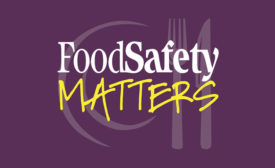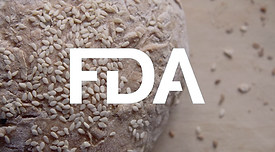HACCP
Whenever a new piece of equipment, such as a robot, is incorporated or a process is changed, the food safety plan and the hazard analysis must be reanalyzed
Read More
Pathways to Implementing Food Systems Capacity Building Programs for Smallholder Farmers: Major Constraints and Benefits
Are these programs reaching the smallholder farmers most in need?
June 28, 2024
FSPCA Preventive Controls Updated Curriculum Highlights—Advantages for Food Safety Management
The issuance of FDA guidance documents and feedback from FSPCA stakeholders prompted FSPCA to update and issue a new version of its training curriculum
October 6, 2023
Guiding Principles of Shellfish Safety
The harvest, holding, transport, and sale of shellfish are tightly regulated in the U.S. to reduce the risk of foodborne illness to consumers
April 10, 2023
Reducing Food Safety Risks in Meal Kits
In the lack of specific regulations, businesses that are involved in meal kits have a responsibility to minimize food safety risks.
February 6, 2023
Never miss the latest news and trends driving the food safety industry
eNewsletter | Website | eMagazine
JOIN TODAY!Copyright ©2024. All Rights Reserved BNP Media.
Design, CMS, Hosting & Web Development :: ePublishing









